(Reuters) — The U.S. Postal Service on Tuesday started a two-week test transporting mail across three Southwestern states using self-driving trucks, a step forward in the effort to commercialize autonomous vehicle technology for hauling freight.
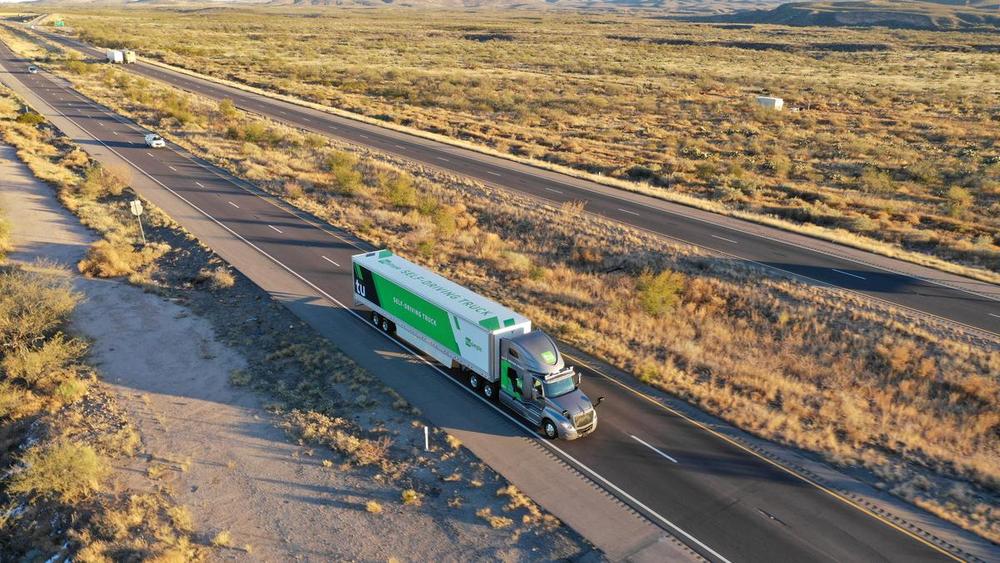

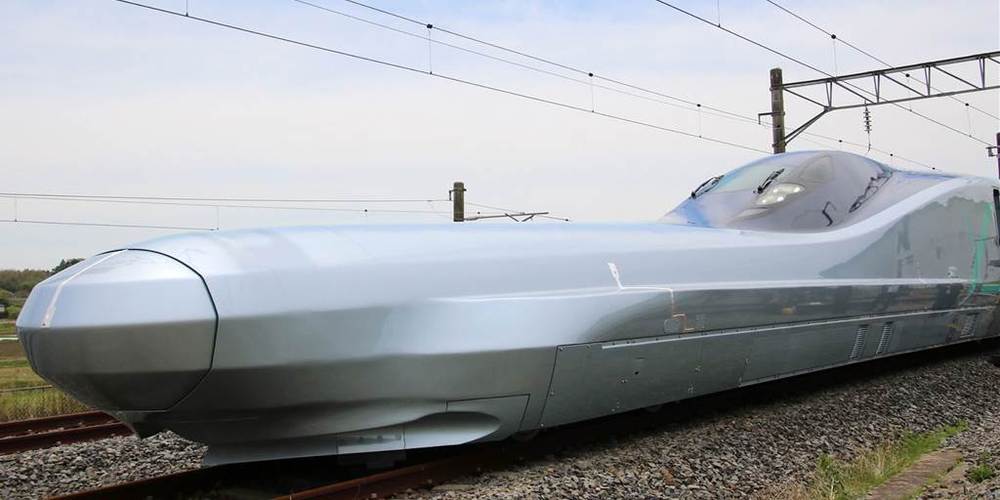
The picture of a “bullet train” speeding past Mount Fuji is an iconic image of modern Japan.
In recent years, however, Japan has lost the “world’s fastest train” title to China — if only by a few miles per hour. But now, Japan plans to reclaim that crown, with a new bullet train that will whisk between cities with journey times that rival passenger jets.
The Alfa-X train, unveiled by rail company JR East, will carry passengers at up to 224 miles per hour, outpacing the fastest Japanese bullet trains in commercial service today by almost 25 miles per hour.
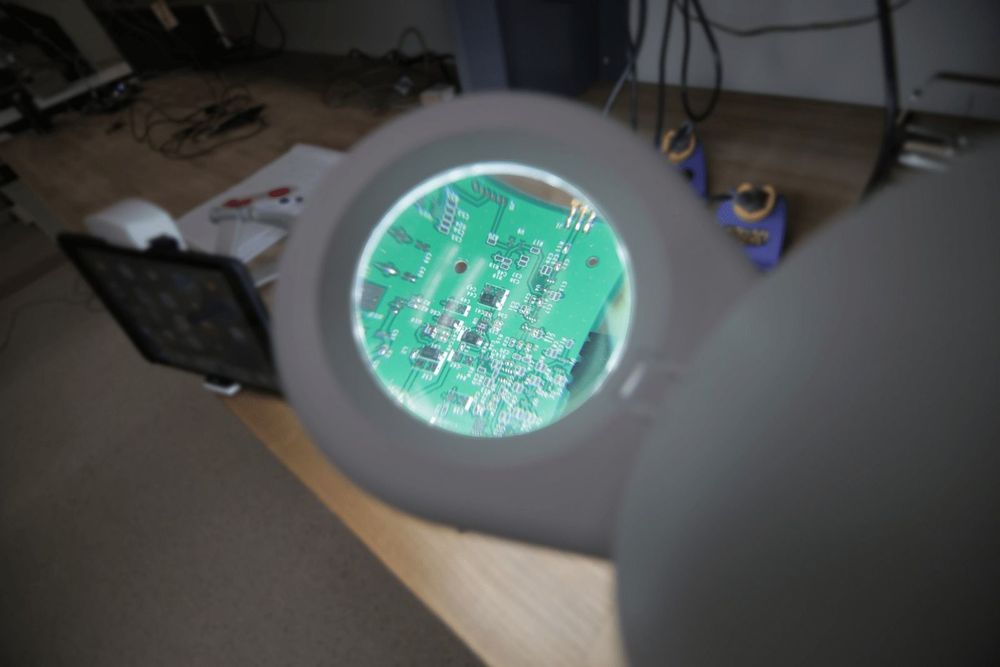
The idea of “liquid silicon” conjures images from a Terminator film. Fittingly, it is a nascent ’80s computing concept brought to life with modern fabrication techniques, with the potential to alter the course of the future for computer hardware.
“Liquid Si,” with its delicate layers of mono-crystalline silicon and stacked transistors, have real-world implications in the post-Moore semiconductor landscape.
Building unified computer hardware that incorporates system memory, I/O logic, and disk storage into the same module represents a long-standing goal for microchip architects, and attainment is closer now than ever. Using a process called monolithic 3D integration, modern fabrication machines can execute chip designs with silicon and semiconductor circuitry layered on the bottom, solid-state memory arrays on top, and a dense metal-to-metal bus sandwiched in between.
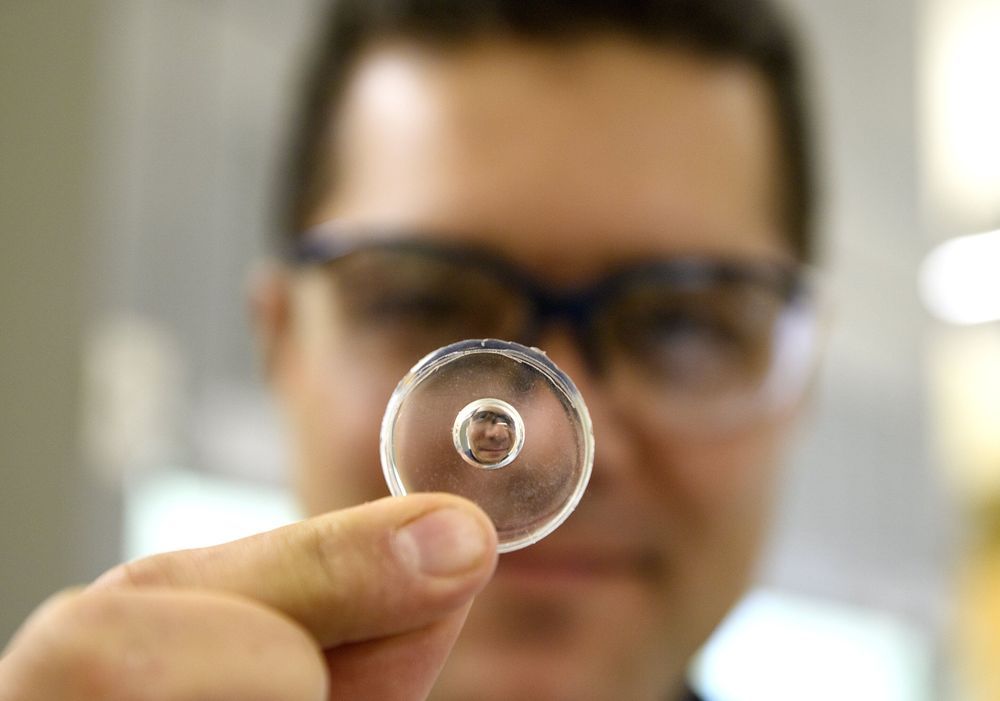
Researchers from Washington State University and Ohio State University have developed a low-cost, easy way to make custom lenses that could help manufacturers avoid the expensive molds required for optical manufacturing.
Led by Lei Li, assistant professor in the School of Mechanical and Materials Engineering, and graduate student, Mojtaba Falahati, the researchers developed a liquid mold from droplets that they can manipulate with magnets to create lenses in a variety of shapes and sizes. Their work is featured on the cover of the journal, Applied Physics Letters.
High-quality lenses are increasingly used in everything from cameras, to self-driving cars, and virtually all robotics, but the traditional molding and casting processes used in their manufacturing require sophisticated and expensive metal molds. So, manufacturers are mostly limited to mass producing one kind of lens.

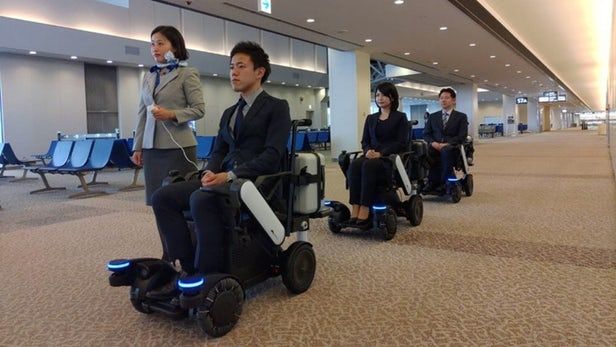
In a bid to help those with limited mobility get to the gate, Tokyo Narita International Airport is set to welcome a number of self-driving wheelchairs to its floors. With the ability to navigate the airport all on their own, the new wheelchairs are hoped to streamline foot traffic in one of Japan’s busiest airports and form part of a wider plan to boost mobility options at such facilities.

Where #Uber, Facebook, #Apple, #Microsoft, #Google, And #Amazon Are Investing In longevity and health span.
As Uber and Lyft grow their massive footprints, they are beginning to look towards the healthcare industry. Here’s what they’re doing in healthcare already and what they might do next.
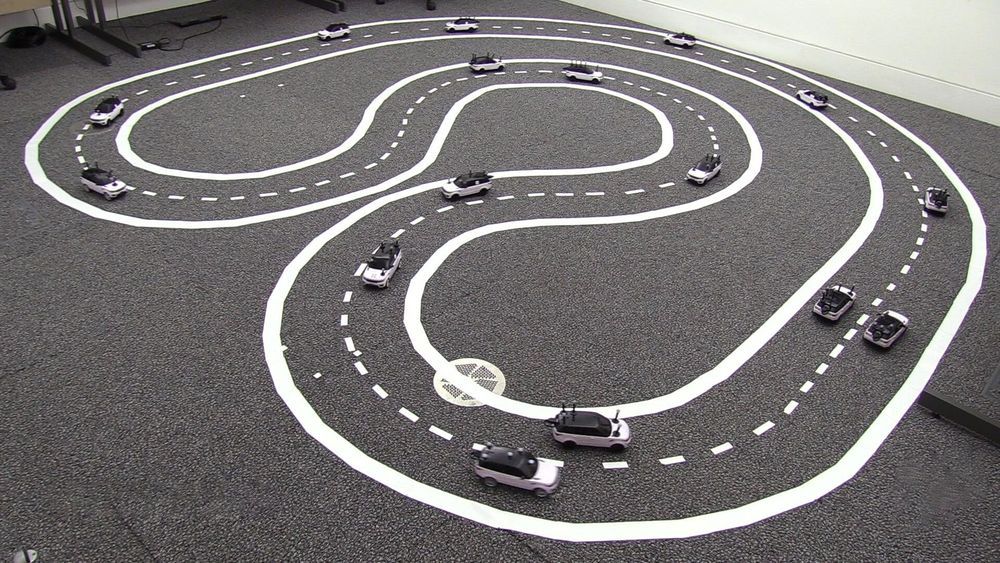
A fleet of driverless cars working together to keep traffic moving smoothly can improve overall traffic flow by at least 35 percent, researchers have shown.
The researchers, from the University of Cambridge, programmed a small fleet of miniature robotic cars to drive on a multi-lane track and observed how the traffic flow changed when one of the cars stopped.
When the cars were not driving cooperatively, any cars behind the stopped car had to stop or slow down and wait for a gap in the traffic, as would typically happen on a real road. A queue quickly formed behind the stopped car and overall traffic flow was slowed.

A team of scientists from the University of Maryland recently came up with a take on the hyperdimensional computing theory that could give robots memories and reflexes. This could break the stalemate we seem to be at with autonomous vehicles and other real-world robots, and lead to more human-like AI models.
The solution
The Maryland team came up with a theoretical method by which hyperdimensional computing – a hypervector-based alternative to computations based on Booleans and numbers – could replace current deep learning methods for processing sensory information.

Car Culture
Other automotive name choices include “Ford,” “Bentley,” and “Audi,” as Mashable reports, accounting for thousands of innocent newborns.
Whether the decision will help the car company overcome hurdles like hitting the lowest stock valuation since 2017 or dealing with multiple reports of Teslas randomly catching fire is unknown.